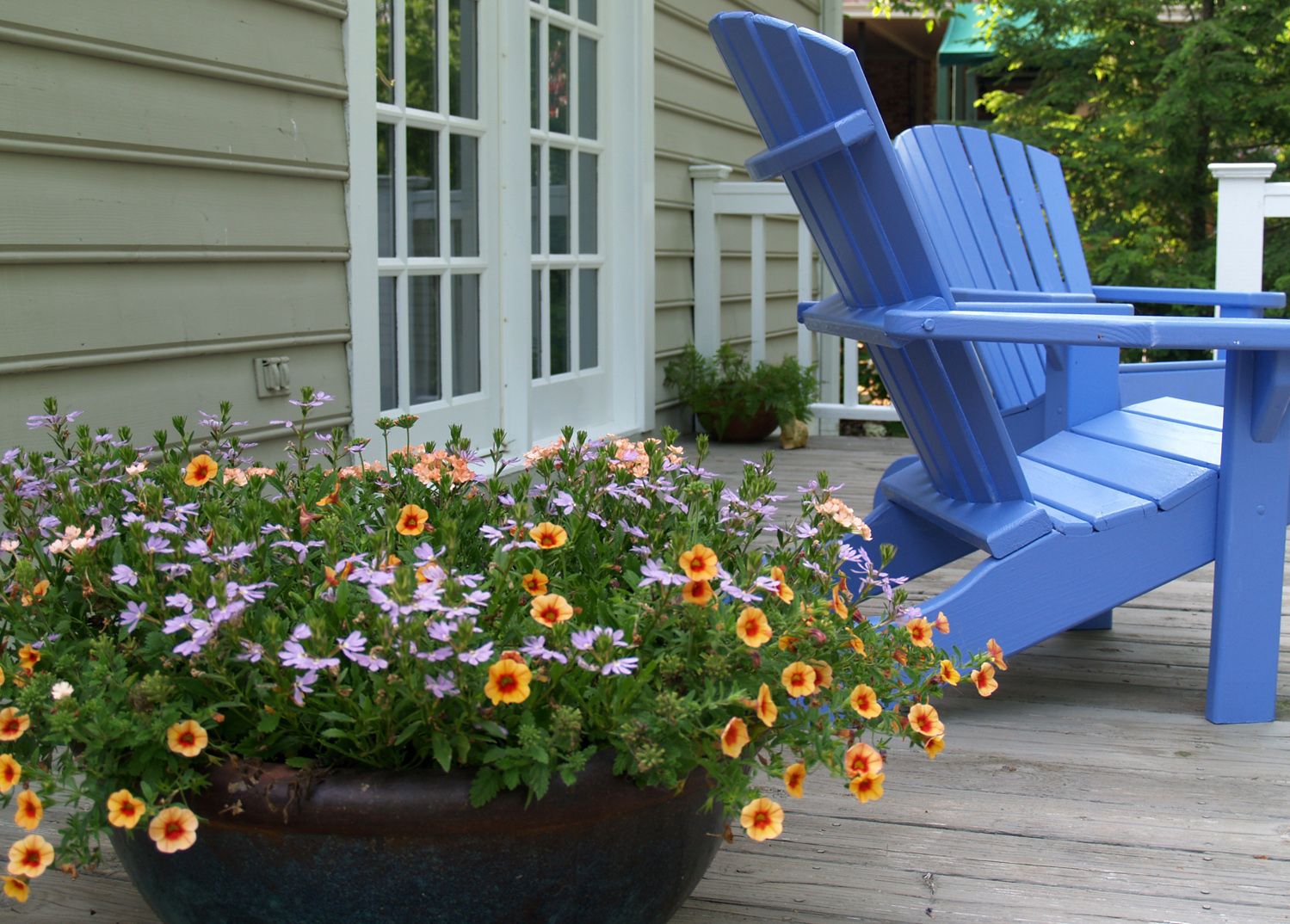For 2014, think perennials and edibles
Published 12:00 am Friday, January 17, 2014
SALISBURY — While most gardens and landscapes are asleep for the winter, those in the landscape and gardening industry are busy trying to determine what will be the big seller for 2014.
Plant materials and landscaping are often as trendy as clothing in the fashion industry. Trying to guess what will sell for fickle gardeners and be the big hit in landscape and gardening can be a bit overwhelming. Continued advances in breeding plants seem to have created a neverending supply of new plant material.
So what’s the future in landscaping? Merchandisers and growers can’t really predict the future, but they can look at trends which can give them an idea of what will and won’t sell.
Over the past few years, perennials have enjoyed increased popularity and are becoming more accepted as a permanent part of the residential landscape. Some relatively new perennials were considered weeds just a few years ago. There are many reasons why perennials are gaining in popularity. Perennials require less work because the plant material is permanently established. Perennials eliminate annual planting, reducing time needed to implement plantings.
There are hundreds of new perennial plant materials available at local garden centers and retail outlets. Some nurseries specialize in perennial plant and herb culture. These materials are available in many colors and textures. Herbs are also considered perennials and are being offered as a part of the perennial garden. Another important aspect is perennials adapt to many cultural situations that exist in the landscape.
Sounds more like a caption from an interior design magazine, but traditional landscapes are giving way to more creative accents in the landscape. Imported glazed pottery, metal containers and statuary are making their way into landscapes filled with non-traditional plant materials such as grasses, small trees and vines. Other landscaping accessories such as colorful garden benches, lighting fixtures and paving options are adding spark to the landscape. New technology allows high-quality materials at a fairly low cost.
Even though cool season fescue is the turf of choice, warm season grasses such as zoyzia, Bermuda and St. Augustine are gaining in popularity in the Piedmont. Cold tolerance and longer green color in the fall make this turf a viable option. Warm season grasses require less water and are able to survive with low water requirements.
Many gardeners are opting to integrate small fruit and fruit trees into their landscape and create an “edible landscape.” The economy and popularity of the local foods movement have many interested in applying this idea to their landscape. Edible landscapes, if properly maintained, can be as attractive as an ornamental landscape. Blueberry, fig bushes and dwarf fruit trees can be easily integrated into most landscapes. Ample sunlight is an important factor.
Darrell Blackwelder is an agricultural agent in charge of horticulture with the North Carolina Cooperative Extension Service in Rowan County. 704-216-8970; www.rowanextension.com





